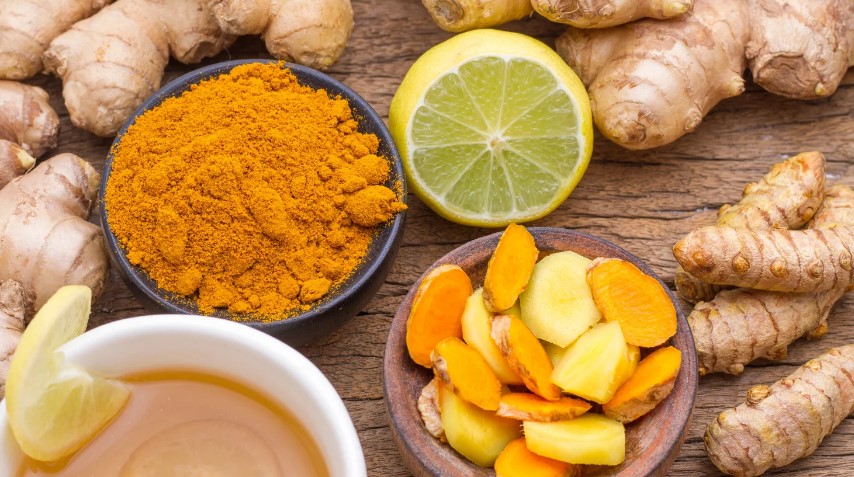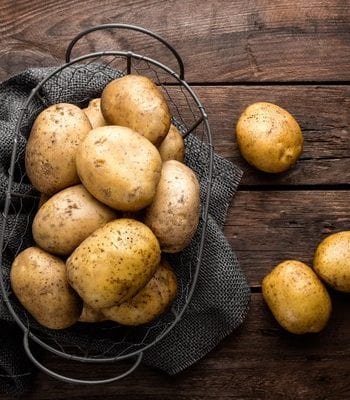Do you want to make your food taste better, but don’t know where to start? Seasoning can feel tricky at first, but it’s easier than you think. A few simple tips can help you build bold flavors with confidence.
You don’t need fancy spices or years of practice. Just learn the basics and try new things step by step.
Good seasoning can turn plain food into something amazing. Ready to spice up your meals? Keep reading to learn how to season like a pro!
Start With Salt

Source: pexels.com/Screenshot
Salt is one of the most important parts of seasoning. It helps bring out the real flavor of your food. Even a small amount can make a big change in taste. Start slow and add more only if needed.
Too much salt can ruin a dish. Always taste your food as you cook. This helps you know when to stop adding salt. Sea salt and kosher salt are great choices for beginners. They are easy to use and give a better flavor.
When used with organic herbs, salt can make meals taste fresh and rich. You don’t need fancy skills to get it right. Just keep it simple and trust your taste buds.
Use Fresh Herbs
Fresh herbs add bright flavor to any dish. They smell good and taste even better. You can chop them and mix them in at the end of cooking. This keeps their flavor strong. Try herbs like basil, parsley, or cilantro. Each one has its own taste. Use just a little at first.
You can always add more if needed. Wash herbs before using to remove dirt. Pat them dry so they don’t water down your food. Store them in the fridge to keep them fresh. Fresh herbs make simple meals taste special.
Try Basic Spices

Source: Getty Images/Screenshot
Basic spices can help make your food taste better. Start with black pepper, garlic powder, and paprika. These are easy to use and go with many foods. Add a small amount and taste as you go.
Too much can be strong, so be careful. Mix spices to try new flavors. Try cumin with beans or chili powder with meat. Keep spices in a cool, dry place. This helps them stay fresh longer.
You don’t need a lot to make a big change. Simple spices can turn plain food into something tasty. Use them often to build your cooking skills.
Taste as You Cook
Tasting as you cook is key to getting the right flavor. It helps you adjust the seasoning along the way. Take a small bite and check the taste. If it needs more salt, add a pinch. If it feels too bland, try adding a spice.
Always taste before adding more. This way, you can avoid over-seasoning. Adding too much at once is hard to fix. Taste often and make small changes. This also helps you learn what each ingredient adds.
The more you taste, the better you’ll understand flavor. Don’t wait until the end of cooking to taste. Fixing small issues early makes the final dish much better. Trust your taste and keep experimenting.
Balance Sweet and Sour

Source: Getty Images/Screenshot
Balancing sweet and sour flavors can make your dish more interesting. Sweet ingredients like honey or sugar can add warmth. Sour ingredients like lemon or vinegar brighten the flavor.
Start with a little of each and taste as you go. If the dish feels too sweet, add a touch of sour. If it’s too sour, balance it with a little sweetness. The key is to find a mix that works for you.
A little goes a long way, so be careful. You can use fruits like oranges or tomatoes for natural sweetness. For sourness, vinegar or citrus works well. Mixing sweet and sour helps bring out the other flavors, too.
Don’t be afraid to adjust until it tastes just right. With practice, you’ll feel more confident balancing these two flavors.
Don’t Overdo It
It’s easy to add too much seasoning when you’re starting. A little salt or spice can go a long way. Adding too much can overpower the dish. Start with small amounts and taste often.
You can always add more, but you can’t take it out. Balance is key. Too much seasoning can mask the natural flavor of the food. Try not to rush the process. Take your time and adjust slowly.
Less is more when it comes to seasoning. If you feel unsure, use a light hand. With practice, you’ll get better at knowing just the right amount. Remember, you can always add, but you can’t remove once it’s in.
Learn Spice Pairings

Source: chefjulierd.com/Screenshot
Learning which spices work together can make your food taste better. Some spices go well with meat, while others are great for vegetables. For example, try pairing garlic powder with onion powder.
Cumin and chili powder work great in Mexican dishes. Rosemary pairs well with chicken and potatoes. Thyme adds a nice touch to soups and stews. Sweet dishes can benefit from cinnamon and nutmeg. For a fresh flavor, mint and basil work together in salads.
When you know what spices go together, cooking becomes easier. Start with common pairings and explore new ones. You don’t have to mix every spice; just a few can make a difference. As you learn, you’ll build your own favorite combinations.
Use Citrus for Zing
Citrus can add a fresh, tangy taste to your food. Lemon, lime, and orange are great choices. A squeeze of lemon can brighten up a salad or fish dish. Lime adds a refreshing touch to tacos or grilled chicken.
Orange zest gives a sweet, citrusy flavor to desserts. You can also use citrus juice in sauces and dressings. A little bit goes a long way, so don’t overdo it. Try adding citrus at the end of cooking for the best flavor.
It works well with both savory and sweet dishes, even with bacon. Citrus helps balance out rich or heavy flavors. It’s a simple way to make food taste fresher. Don’t forget to experiment with different types of citrus for variety.
Learn More About Flavor With Confidence
Adding flavor to your food can be simple and fun. Start with basic seasonings and taste as you cook. Don’t be afraid to try new spices and herbs.
With practice, you’ll build confidence in your cooking. Soon, you’ll be creating meals full of bold and tasty flavors.
Visit our blog for more!




